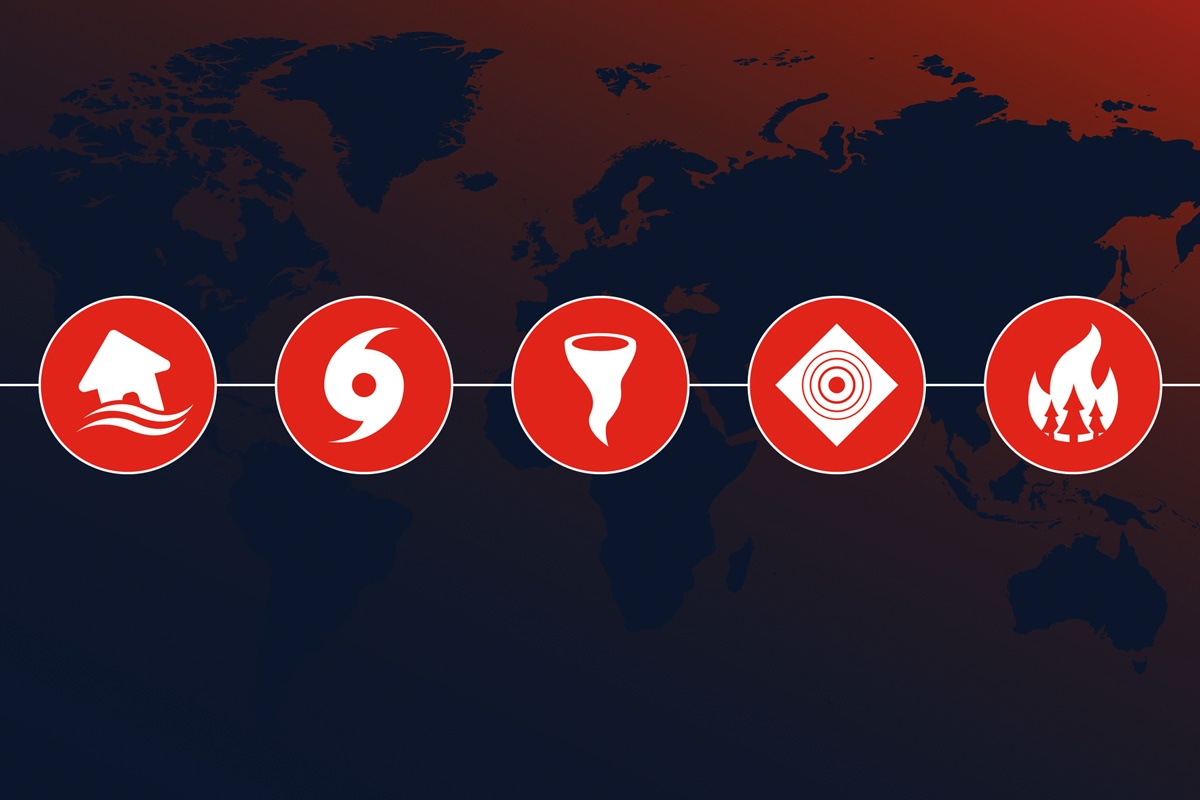When a major hurricane is in the forecast, there isn’t always a lot of time to prepare. Consider Hurricane Michael, which made landfall on the Florida Panhandle as a devastating Category 5 storm in October 2018. Just two days before the storm intensified into the strongest hurricane to make landfall on the Florida Panhandle, it was little more than a tropical storm in the Gulf of Mexico.
While storms like Hurricane Michael might not be the norm, we can usually expect at least a few major storms during the Atlantic Hurricane season each year. And it’s not just hurricanes that we have to prepare for: Tornados, earthquakes and blizzards are just some of the natural disasters that can strike at any time. Because these occurrences can result in significant loss of life and property, it’s incumbent not only on individuals and homeowners to prepare to respond, but also on businesses to have response plans in place. Not only is an emergency plan vital to business continuity in the event of a storm, it’s actually a workplace safety concern as well, with strict OSHA regulations and expectations.
OSHA Emergency Preparation Standards
Even if your business isn’t located in a hurricane zone, OSHA requires all companies with 10 or more employees to have a written emergency action plan developed within OSHA standards. The purpose of this plan is to identify the actions that the employer and employee should take in the event of a disaster and coordinate those actions to ensure everyone’s safety before, during and after the event.
Some of the OSHA requirements for an emergency plan include:
- Procedures for reporting emergencies.
- Which employees are to evacuate and to what location.
- Which employees are deemed critical to operations and must remain behind, and the procedures they must follow.
- Plans for confirming the status of employees during an evacuation.
- Contact information for those involved in implementing the plan.
- Location of emergency equipment.
- Procedures for alerting employees to the emergency.
The chief priority for any emergency plan is to create clear lines of communication and instructions so employees know exactly what to do in the event of an emergency. In the case of hurricanes, for instance, because there is generally at least some advance notice, employees should know what is expected of them in terms of preparing their work areas, such as maintaining and protecting sensitive information. Employees should also know what is expected of them when staying in contact after the storm ends.
However, because not all emergencies allow time for preparation, and evacuation isn’t always possible or advisable, your company’s safety team has a responsibility to train employees in procedures for sheltering in place. You need to develop a system of communication, clear instructions on where to go, and how to access emergency equipment.
Underpinning all emergency action plans is the understanding that all employees have the right to a safe workplace, free of all known dangers. In a practical sense, this means that you must practice these plans with comprehensive drills and make adjustments to plans based on what you learn.
When the Storm Passes
Employer responsibility for the safety of employees doesn’t end once the storm passes or the immediate danger subsides. Major disasters can cause flooding, structural damage, the release of hazardous substances, and other dangers that could prove hazardous to employees, whether they are involved in the cleanup or not.
The first point that business owners must consider is that before employees engage in any type of cleanup or recovery, there must be a safety assessment of the scene to identify any potential hazards. The information gathered is to be used to provide information, training and protective equipment to employees. Some of the most common hazards associated with disaster cleanup include bacteria and mold from flooding, downed power lines, dangers from portable generators, and hazards associated with work areas and construction zones. Because there are so many risks associated with the cleanup of a disaster, many businesses opt to hire professional crews to manage the recovery rather than put their own employees at risk. Business owners need to realize, though, that even when they hire a trained crew, they can still be liable for any dangers to workers and need to be cognizant of following all OSHA standards, even if they don’t specifically apply to storm cleanup.
Learn More
Keeping your employees safe in the face of a natural disaster is a major responsibility, and the rules and standards governing employee safety are complex. Even small businesses need to rely on the expertise of a trained occupational health and safety expert to ensure that they are following all of the rules and employees remain safe and free from injury. To learn more about degree programs that will help you meet the safety needs of today’s workplace, visit ColumbiaSouthern.edu/Safety.




